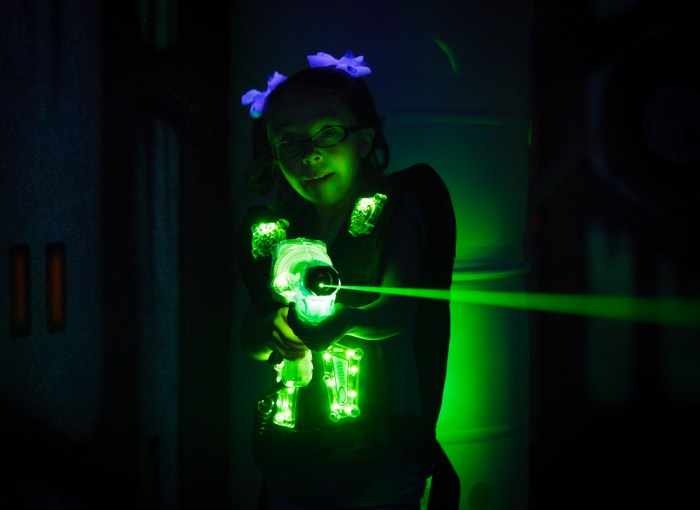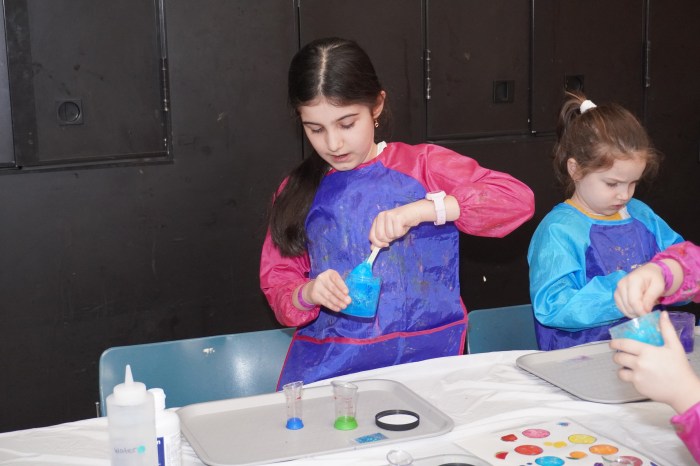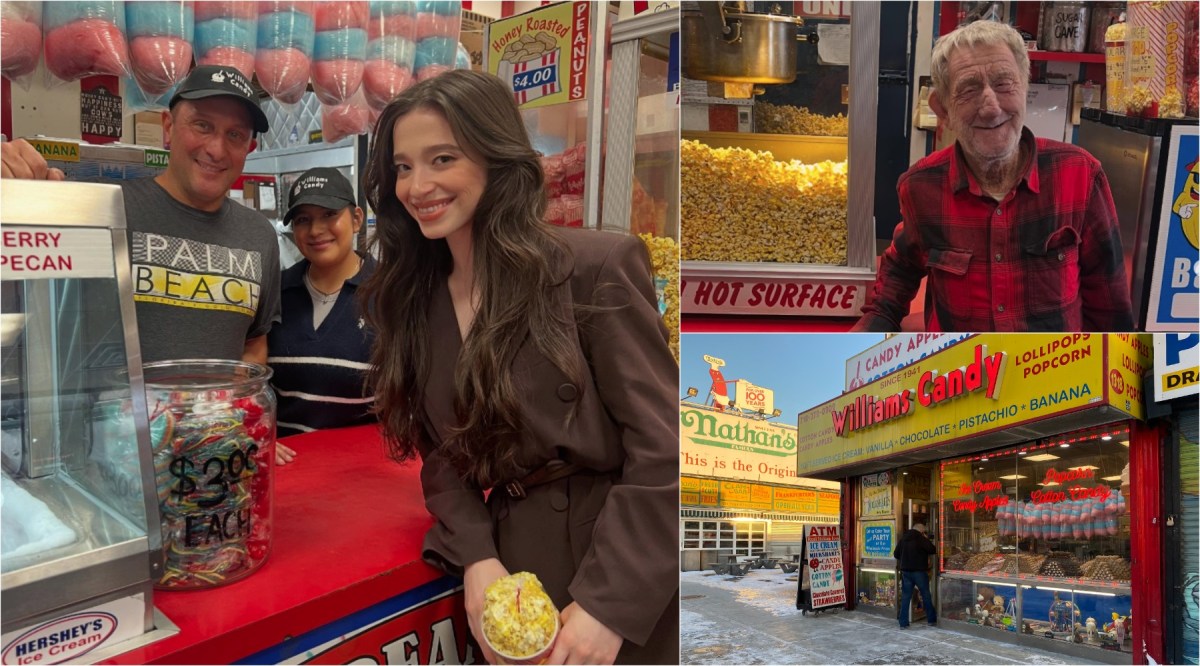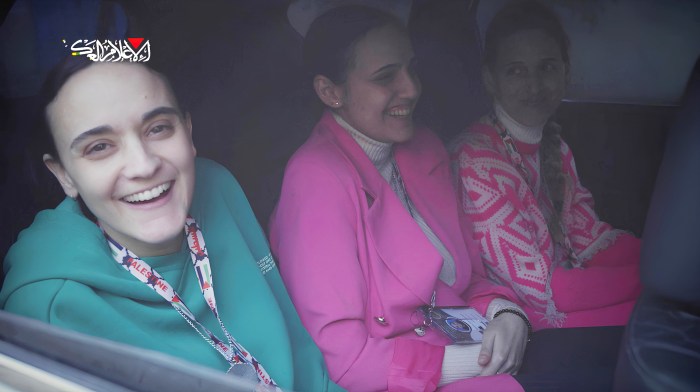
Since photographer Robert Mapplethorpe‘s death 30 years ago, the adjective “controversial” seems permanently affixed to his name.
It would be a real shame, however, if anyone skipped the Guggenheim’s current Mapplethorpe retrospective because of the specter of controversies past.
“Implicit Tensions: Mapplethorpe Now” covers the Queens-born artist’s career from 1970 to 1988, the year before he died at the age of 42 due to complications from AIDS. To be sure, the show contains explicit images — particularly of the downtown S&M community — but there is an almost sterile exquisiteness to these photographs, apart from their subject matter, that should not be missed.
The museum acknowledges the potential conflict some visitors might have, curator Lauren Hinkson says, which is partly responsible for the exhibit’s title.
“You get drawn in by the beauty of the picture,” Hinkson told amNewYork, “and then you perhaps realize what you’re looking at and you may be pushed away a little bit. But you can’t not look, because he was so skilled at making these images.”
Mapplethorpe opined that if he had been born much earlier, he may have ended up a sculptor. His work, particularly after the mid-1970s, focuses on light and space to a degree that is remarkable for something two-dimensional. Intense contrast dominates, born out of skin color, shadows, leather, backgrounds or all of the above.
He made several costly platinum-palladium prints, yielding matte images that are seemingly softer without compromising sharpness. Many of these contrast black and white bodies, such as “Ken and Tyler” from 1985.
His early experimental collages have a hesitancy that is absent from his later work; nudity is halting or partial, he doesn’t fully address the camera. By 1974 his portraits were more revealing or intimate, but he still distracted the viewer’s focus by creating elaborate frames, trying to force them to become “art,” before he had convinced himself that’s what they were.
After Mapplethorpe was given a square-format Hasselblad camera, he started focusing on more formalized portraiture, including several of Patti Smith, with whom he lived at the Chelsea Hotel; a pumped-up Arnold Schwarzenegger, clad only in bikini briefs; and of course himself, “his own favorite subject.”
Whereas some of his contemporaries, such as Nan Goldin, candidly documented the communities they shot, Mapplethorpe only ever made portraits. Even his “X Portfolio” photos of the S&M scene were consciously posed.
“There is no one way to look at a Mapplethorpe,” Hinkson said. “You can come at it from many ways and still never truly know what he was doing.”
‘Implicit Tensions: Mapplethorpe Now’ is on display through July 10 at the Guggenheim Museum, 1071 Fifth Ave., guggenheim.org.






























